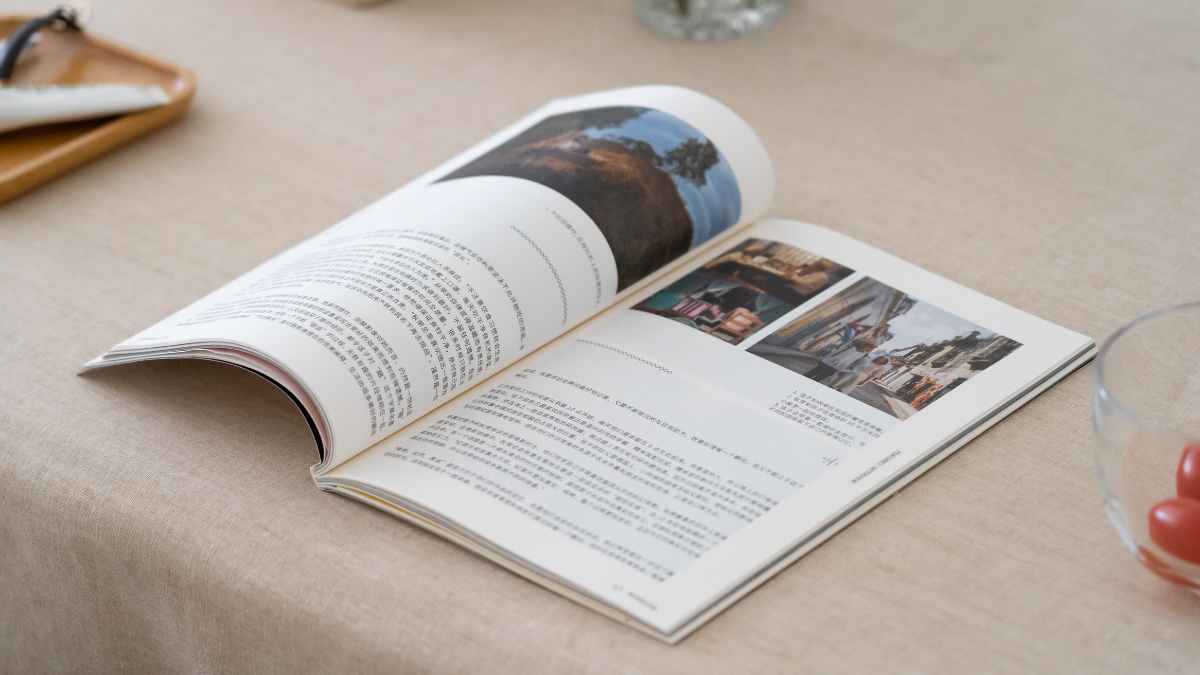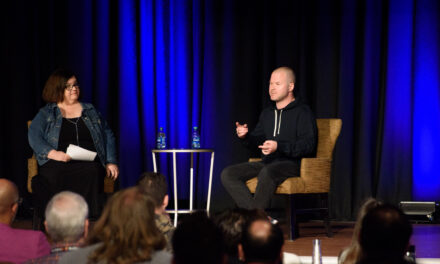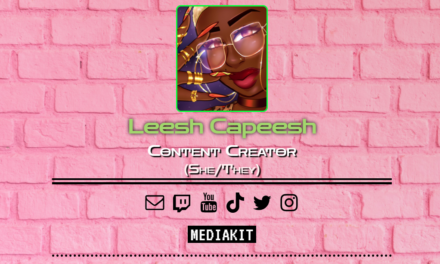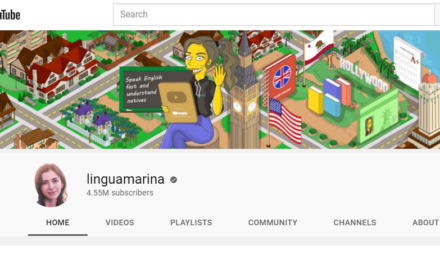Jason Verlinde left the dot-com world to start a print magazine.
It was 2005. He had worked at Amazon for seven years, ever since the online bookstore expanded to sell CDs and hired music journalists like Jason for marketing and merchandising.
At Amazon, he got into the world of guitars and talked to musicians about their gear and tools of the trade. But he didn’t see the beautiful works of art in guitar magazines on newsstands. “Back then, they were trying to cater to the classic rock, hair-metal, really-loud audience, and I’m more like an NPR guy,” he explains.
So he went an unorthodox route for then (and today) and launched Fretboard Journal, a beautifully photographed, written, and designed magazine featuring the stories of the craftspersons, musicians, and their crafts.
Though still rarer in the digital world, printed content products remain a viable revenue stream, particularly in a diversified content business.
Fretboard Journal magazine was recently included in a newsletter article, Magazines We Love That Are Not Our Own, written by Mike Rogge, editor of Mountain Gazette.
“(These print magazines) are all proof of the Great Print Revival happening with magazines at the moment,” Mike writes. “Magazines give a measured, thoughtful, insightful, and factual account of what’s happening in our world. If you’re tired of bullshit, subscribe to a good magazine.”
Jason, a print publisher for 19 years and counting, obviously agrees. “Certainly, a lot of print has died, but the model has evolved. The print that has died is sort of the older, bloated, or corporate model that doesn’t add up anymore. But under all of that is a bunch of us indie publishers who are making a go of it.”
Print magazine grounds Fretboard Journal brand
Fretboard Journal launched with a website at the same time as the print edition where people could order their subscriptions (in those days, they also could mail a check or call.) The media outlet later expanded to social media and launched a podcast about 15 years ago. Today, Fretboard Journal also sends a weekly newsletter.
“It’s not like we’re antagonistic about digital marketing at all. It’s more that print is the cornerstone of what we do and where the bulk of our effort goes,” Jason says.
Though the voices have changed over 19 years, the format remains the same – 128 pages printed on high-end paper.
Advertising appears in the front and back of the print magazine but never interrupts the text and visual storytelling that sometimes can cover 28 pages.
“I am constantly telling potential advertisers, let me send this product to you before you make a judgment about print being dead or you need a digital-first strategy,” Jason says.
Fretboard Journal and similar niche magazines can create an evergreen marketing campaign that never gets thrown away. “You’re standing behind a form of storytelling that really is different than a Facebook ad that’s going to disappear in a week after you pull it or decide it didn’t convert well,” Jason says. “A magazine like ours gets passed around from collector to collector.”
It also attracts some famous musicians who are passionate about their craft. Mike says interviewing the actor and comedian Steve Martin about his banjo collection is one of his favorites. Eddie Vedder of Pearl Jam has talked about his love for ukuleles, and singer-songwriter Ben Harper event interviewed one of his guitar heroes for the magazine.
Growing a print, digital, in-person media business
Fretboard Journal magazine has about 10,000 subscribers and is sold in about 50 guitar stores around the United States.
Sometimes, subscribers switch their print subscription to digital-only to return to print a year later. “They’ll go, ‘You know what? I actually miss just being able to take it anywhere and unplug with it,’” Jason says.
Fretboard Journal is a virtual operation. Jason works from his office in Seattle, where the art director lives but whom he rarely sees because he works remotely. The journal also employs a copy editor. They work with freelance writers and photographers around the world. Oh, and the cloud storage software Dropbox is a critical member of the team, too.
Once the magazine has been designed, proofread, tweaked, and proofread again, it goes off to a printer in Washington state. From there, they’re sent to a mail house that ships the edition to subscribers and retail outlets.
Print accounts for about half of Fretboard Journal’s revenue. “It has been the ultimate business card to what we are all about,” Jason says.
He notes they now host six podcasts catering to specialty audiences, such as steel guitar makers, and sponsors for each, as well as an annual event, the Fretboard Summit. “This wouldn’t have happened if it weren’t for print,” Jason says.
In addition to Fretboard Journal, Mountain Gazette’s Mike Rogge recommends these print titles: Height of Land, Bomb Snow, The Motoring Journal, Adventure Journal, Flagrant Magazine, Victory Journal, Whalebone, The Surfer’s Journal, The Golfer’s Journal, Freehub, Daybreak Magazine, HiHeyHello Magazine, Slush, and The Drake.
Shoutout to Tilt community member Alan Belniak for prompting this article by sending us the Mountain Gazette newsletter.
About the author
Ann regularly combines words and strategy for B2B, B2C, and nonprofits, continuing to live up to her high school nickname, Editor Ann. An IABC Communicator of the Year and founder of G Force Communication, Ann coaches and trains professionals in all things content. Connect with her on LinkedIn and Twitter.










